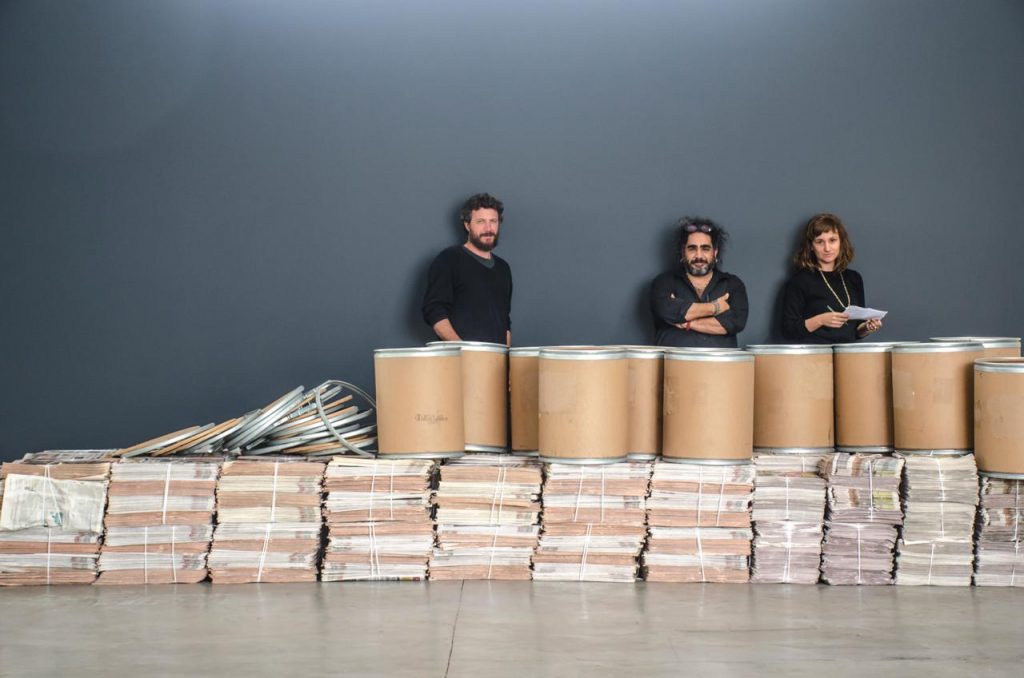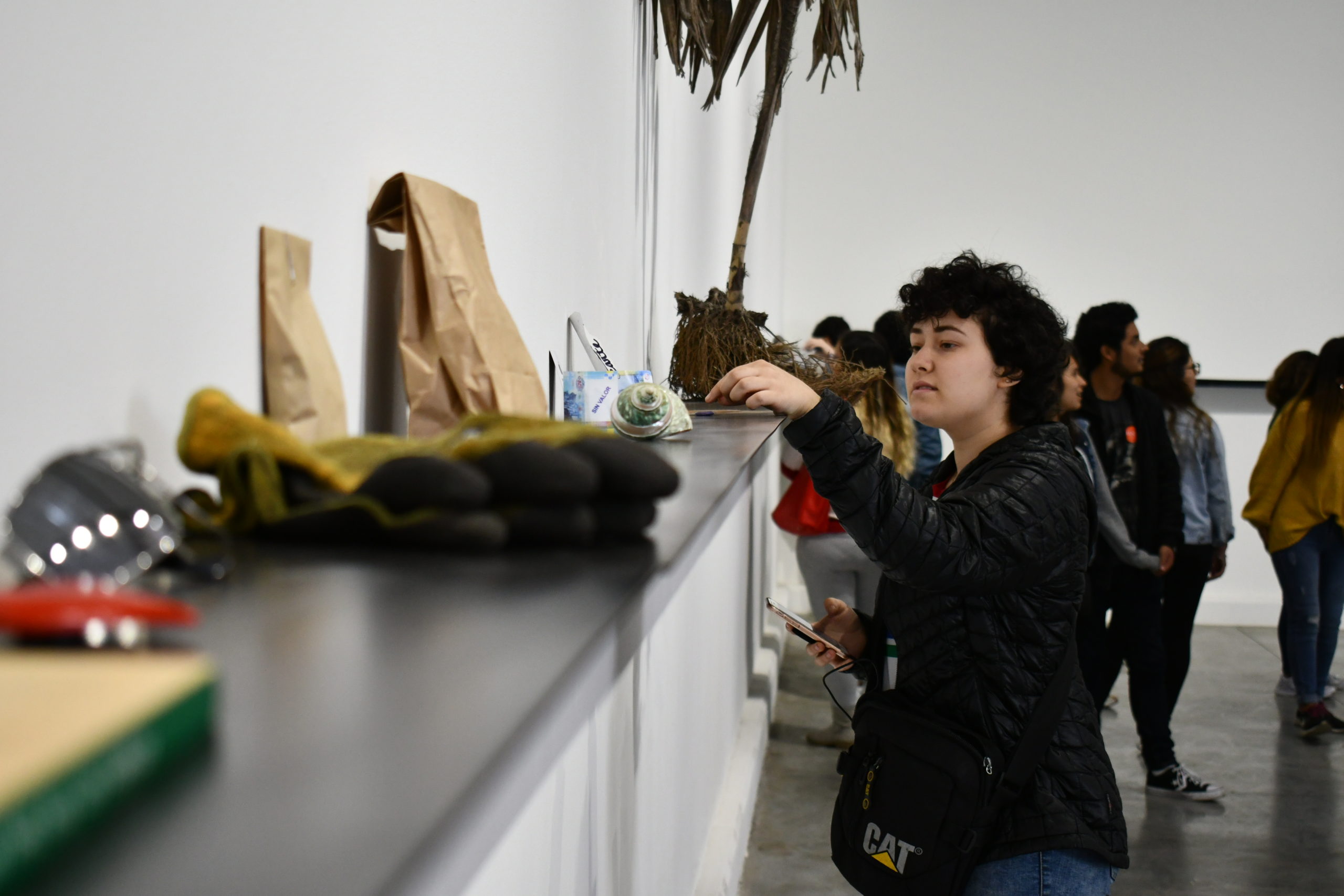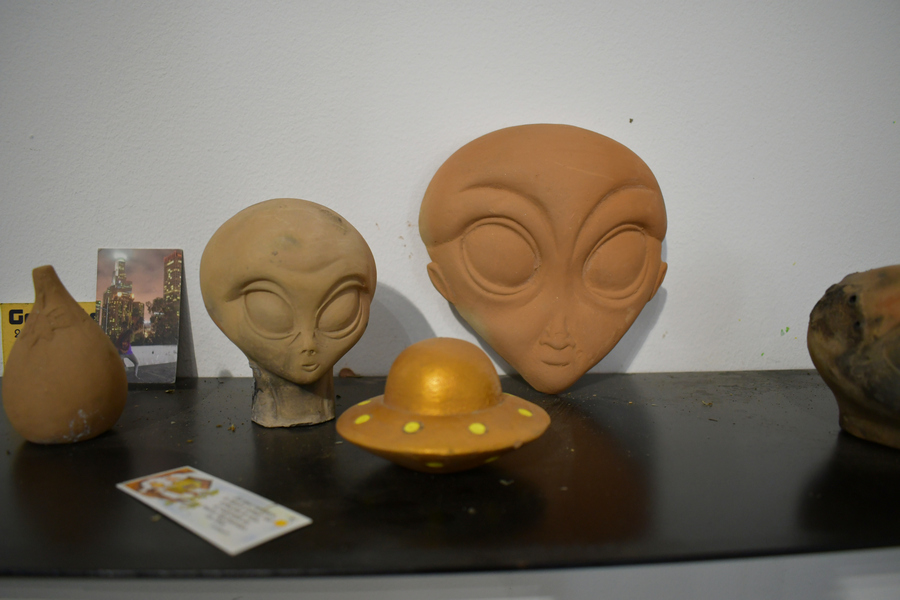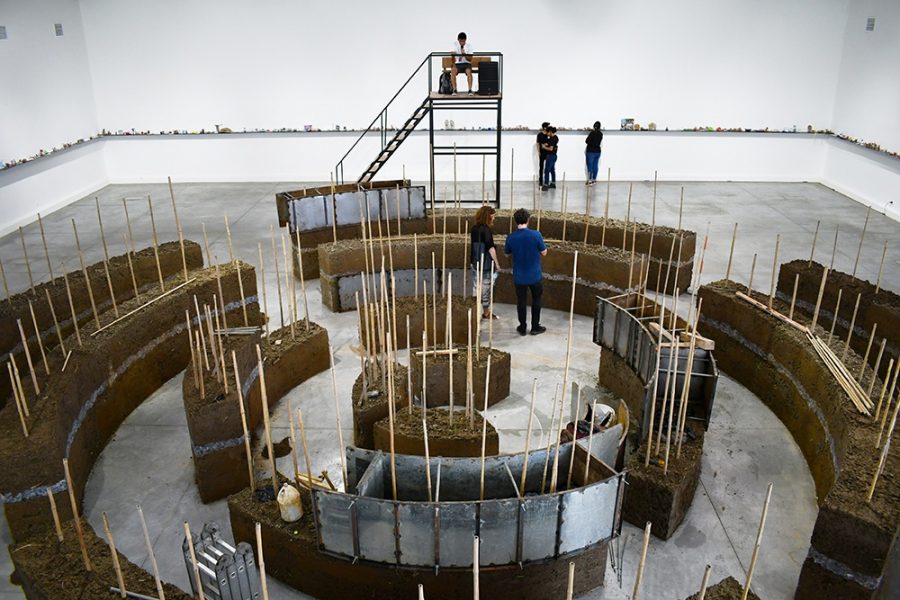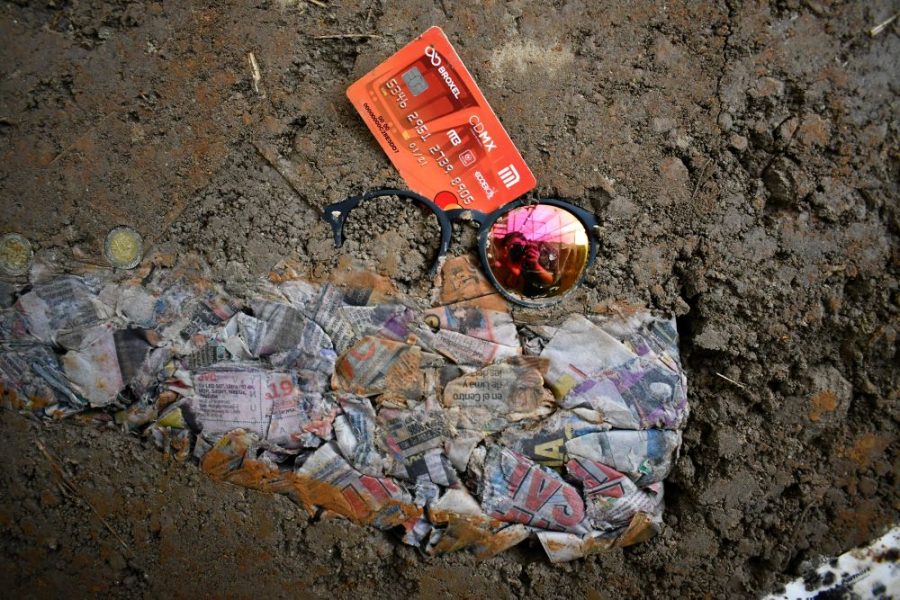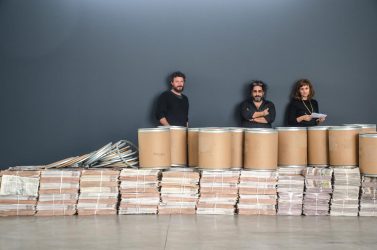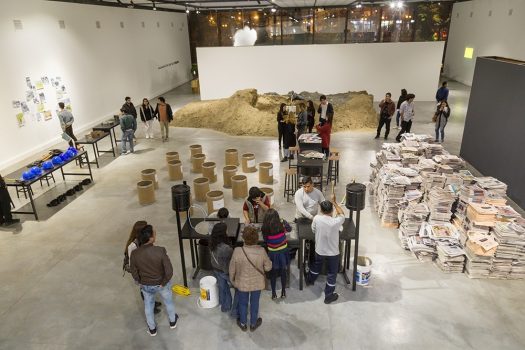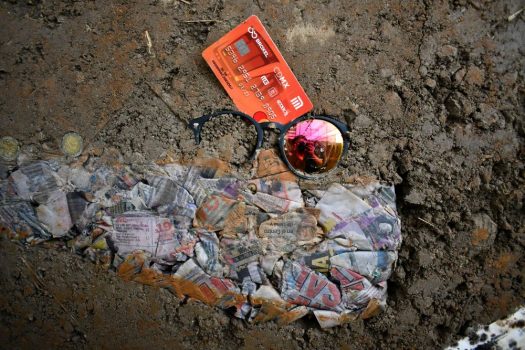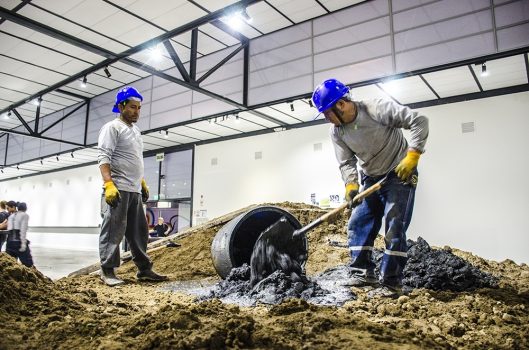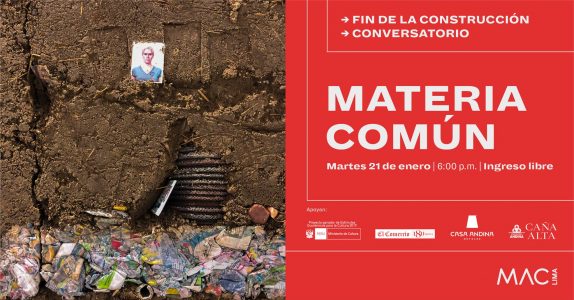Materia común [Common Ground]

Ximena Garrido-Lecca and Ishmael Randall Weeks
Museo de Arte Contemporáneo de Lima (MAC)
Lima, Peru
October 2019 – March 2020
At the dawn of modernity, the Dominican friar Tommaso Campanella dreamed of a city so perfect that its design would correspond directly to the Copernican solar system. Its walls were to be covered with all the knowledge of its time, so that its inhabitants could access this information whenever they wanted. He called this utopia “The City of the Sun”.
A few centuries later, in the very same land of the sun, two of Peru’s best young artists—Ximena Garrido-Lecca (Lima, 1980) and Ishmael Randall Weeks (Cuzco, 1976)—decided to cooperate to construct an ephemeral version of this city, here and now, with the help of the public of the exhibition. Whoever reads this is invited to roll up their shirt, put their feet in the mud and collaborate on the project.
In doing so, the active spectator will find that the mixture that will form this citadel is unique: it is made of magical “black earth” from the town of Chilca (Cañete) and of local newspaper paper pulp. If in the original design the walls contained all the knowledge of their time, here we perceive the critical distance, forged in our era, between information and knowledge.

